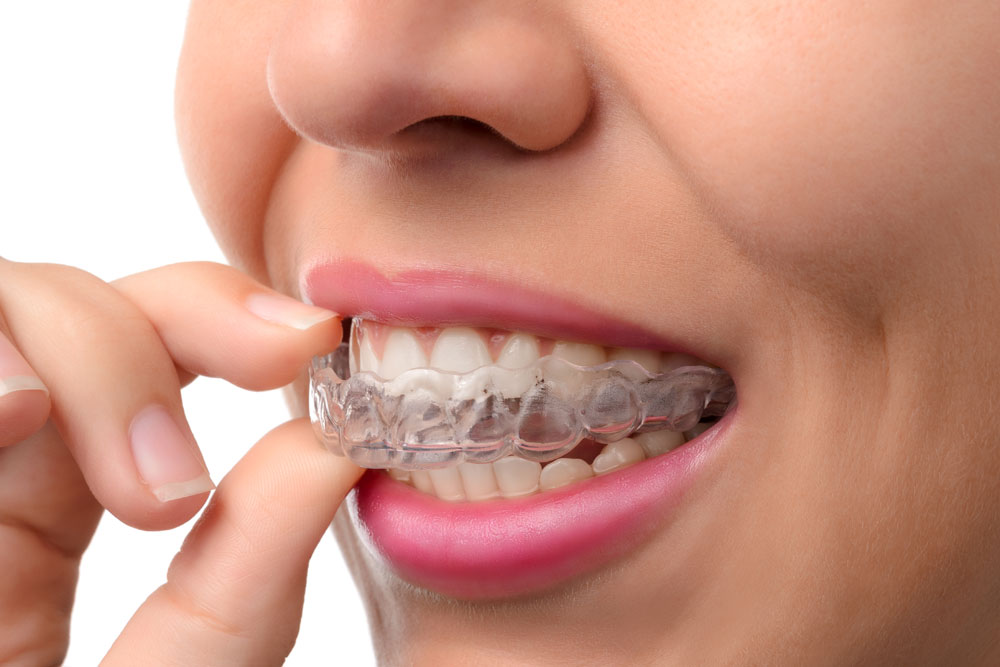As parents, we strive to ensure our children’s oral health, and that often means addressing dental issues as they arise. Two common procedures in pediatric dentistry that you might encounter are pulpectomy and pulpotomy, both of which are types of root canal treatments. In this blog, we’ll dive into the world of root canal treatments, explaining what they are, why they are necessary, the procedures involved, and how to care for your child’s teeth afterward.
What Are Pulpectomy and Pulpotomy?
Pulpectomy and pulpotomy are dental procedures designed to treat tooth infections or decay that has reached the pulp, the innermost part of the tooth containing nerves and blood vessels. These treatments are often necessary to save a tooth that might otherwise be lost due to infection or severe decay.
1. Pulpotomy:
A pulpotomy is a partial root canal treatment that involves removing the infected or damaged pulp tissue from the crown (top) of the tooth. This is typically done in cases where the infection or decay has not yet reached the tooth’s roots. After removal, the empty space is cleaned, disinfected, and sealed. A pulpotomy is generally performed on baby teeth to alleviate pain and infection while preserving the tooth until it naturally falls out.
2. Pulpectomy:
A pulpectomy, on the other hand, is a full root canal treatment that involves removing all of the pulp tissue, including the roots, from a tooth. This procedure is necessary when the infection or decay has spread to the tooth’s roots, causing severe pain and risking the spread of infection to other parts of the mouth. After a pulpectomy, the tooth is typically filled with a material to maintain its structure and function.
The Procedure
Root canal treatments may sound intimidating, but they are performed with utmost care to minimize discomfort and ensure the best outcome for your child:
- Anesthesia: Before the procedure, your child will receive local anesthesia to numb the area and eliminate pain during the treatment.
- Access and Cleaning: The dentist will create an opening in the tooth to access the pulp chamber. The infected or damaged tissue is then carefully removed.
- Cleaning and Disinfection: The empty space inside the tooth is thoroughly cleaned and disinfected to eliminate any remaining bacteria.
- Filling and Restoration: After cleaning, the tooth is filled with a biocompatible material, and a crown or filling is placed on top to restore its function and appearance.
Post-Treatment Care
After a pulpotomy or pulpectomy, it’s essential to follow post-treatment care instructions to ensure the tooth heals properly:
- Oral Hygiene: Encourage your child to maintain good oral hygiene by brushing and flossing regularly.
- Avoid Chewing Hard Foods: For a short period after the procedure, it’s best to avoid hard or sticky foods that could damage the restored tooth.
- Follow-Up Appointments: Attend all follow-up appointments to ensure the tooth is healing correctly.
The Importance of Root Canal Treatments
Root canal treatments, such as pulpotomy and pulpectomy, are vital for preserving your child’s oral health. They not only save teeth that might otherwise be lost but also prevent the spread of infection and alleviate pain. Additionally, by preserving baby teeth, these treatments play a role in maintaining proper dental alignment and oral function.
In conclusion, understanding pulpectomy and pulpotomy can help parents make informed decisions about their child’s dental care. These root canal treatments, when performed by a skilled pediatric dentist, can save teeth and promote long-term oral health. By following post-treatment care instructions and maintaining good oral hygiene, you can ensure the best possible outcome for your child’s dental health. If you have concerns about your child’s dental health or are considering a root canal treatment, consult with a pediatric dentist for guidance and treatment options. Your child’s smile is worth preserving!

